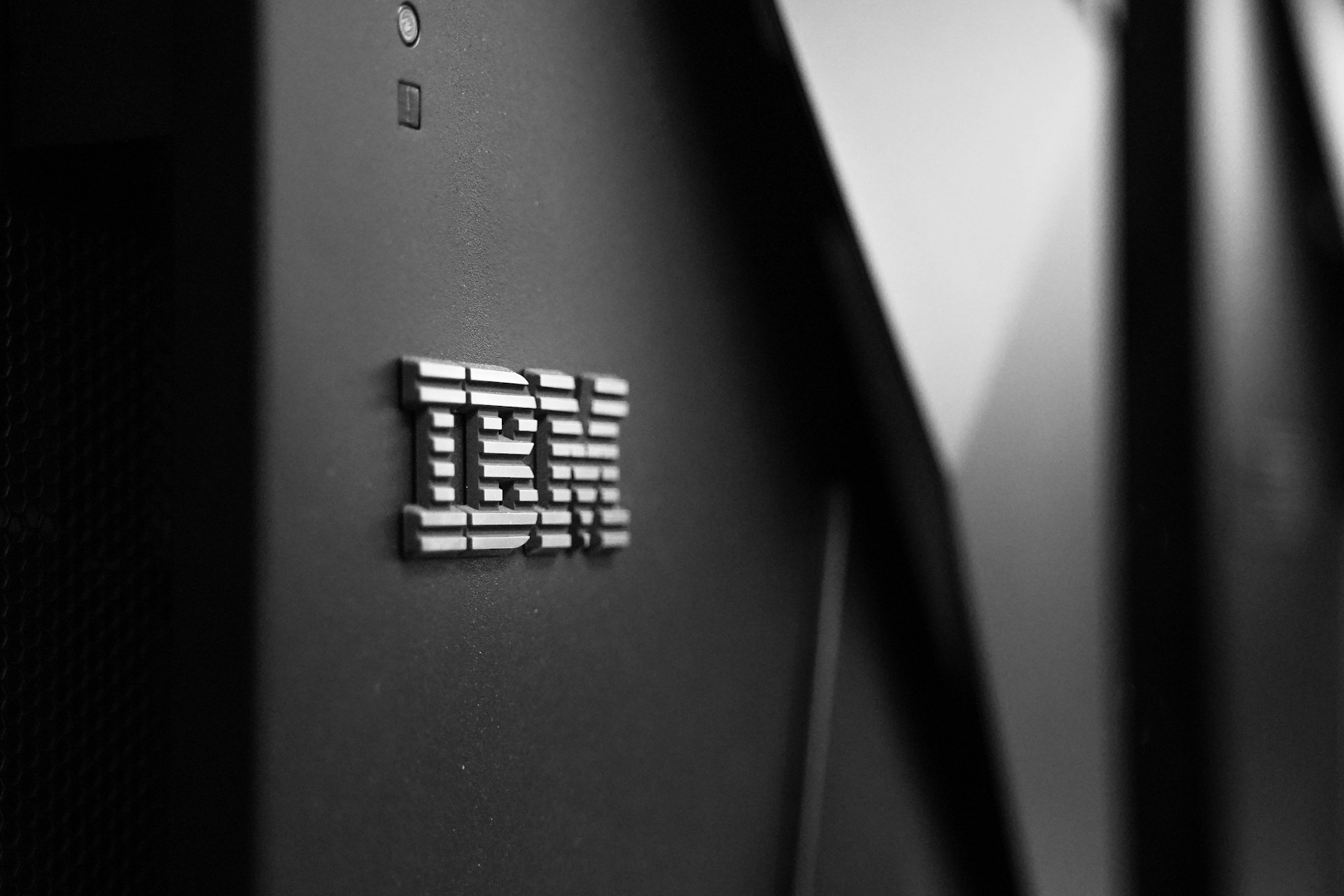IBM just announced a massive $150 billion investment plan over the next five years to strengthen U.S. leadership in advanced computing, with a clear focus on mainframe systems and quantum technologies.
This move isn’t just about scale—it’s about reinforcing American innovation and securing the infrastructure that underpins much of the global economy and cybersecurity landscape.
More than $30 billion is earmarked for R&D, aimed at accelerating progress in areas where traditional and emerging technologies intersect. For those of us responsible for safeguarding systems and staying ahead of threats, this is a signal worth paying attention to.
IBM has long been embedded in some of the country’s most critical infrastructure—from powering the Social Security system to supporting NASA’s Apollo missions.
That legacy continues today in Poughkeepsie, New York, where IBM’s U.S.-built mainframes reportedly handle over 70% of the world’s transactional value. These systems aren’t just legacy—they’re essential.
What stood out to me was IBM’s clear commitment to domestic production. Both its mainframe and quantum computing systems are designed, built, and assembled in the U.S.
That kind of end-to-end manufacturing control matters when we’re thinking about supply chain integrity and national cybersecurity resilience.
Quantum computing, in particular, is positioned as a game-changer. While still in the early stages of real-world deployment, it’s already shaping how we think about encryption, data processing, and threat modeling.
IBM is betting big here, expanding a network that already includes nearly 300 organizations—Fortune 500 companies, national labs, universities, and startups. As of now, the IBM Quantum Network serves over 600,000 active users.
This level of adoption suggests that quantum isn’t just theoretical anymore. It’s becoming a real tool with real implications—for both innovation and threat surfaces.
What IBM is doing now could very well define how the U.S. stays competitive, secure, and strategically aligned in a world where computing power is currency.

Leave a Reply